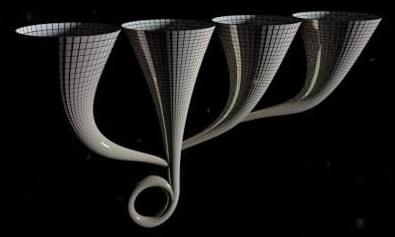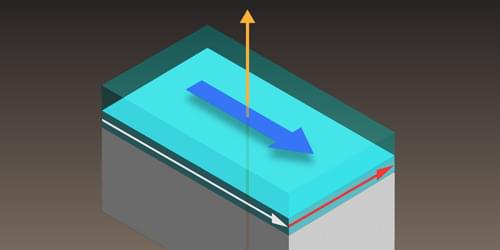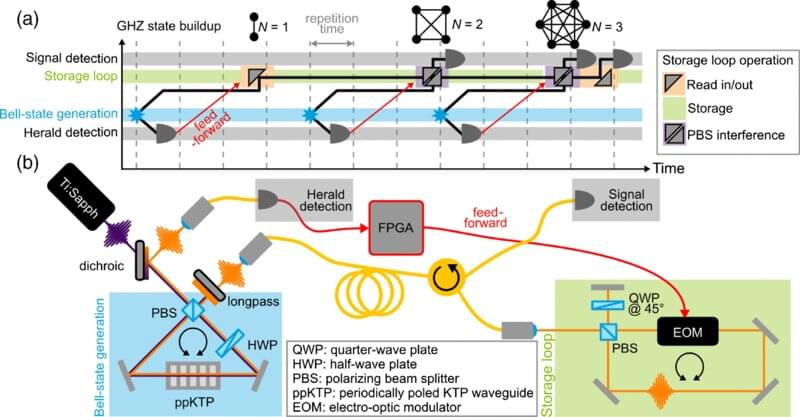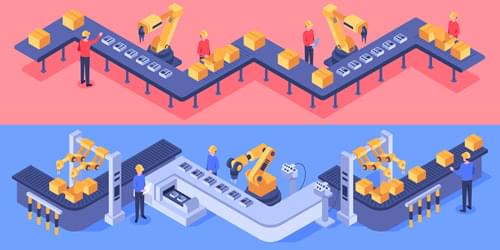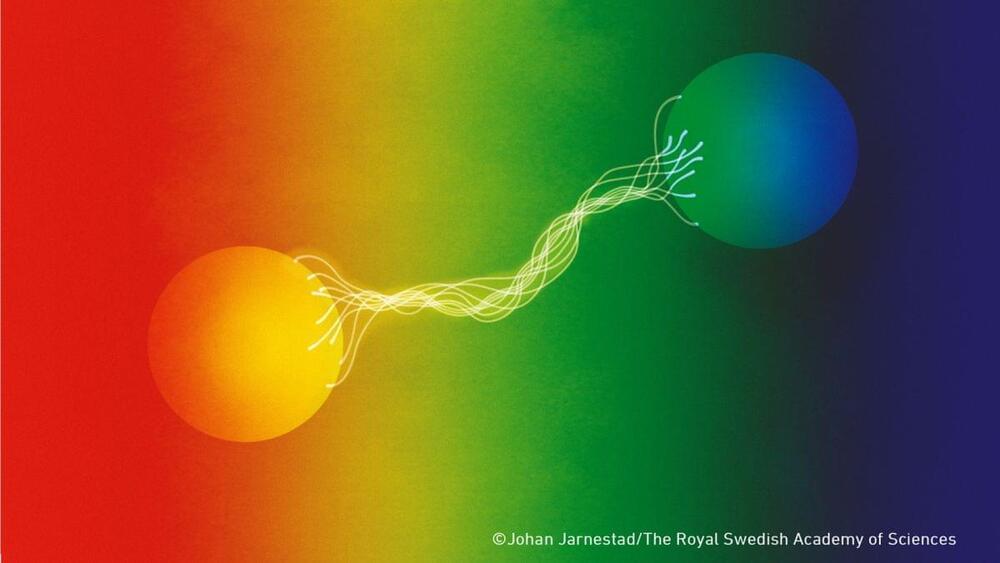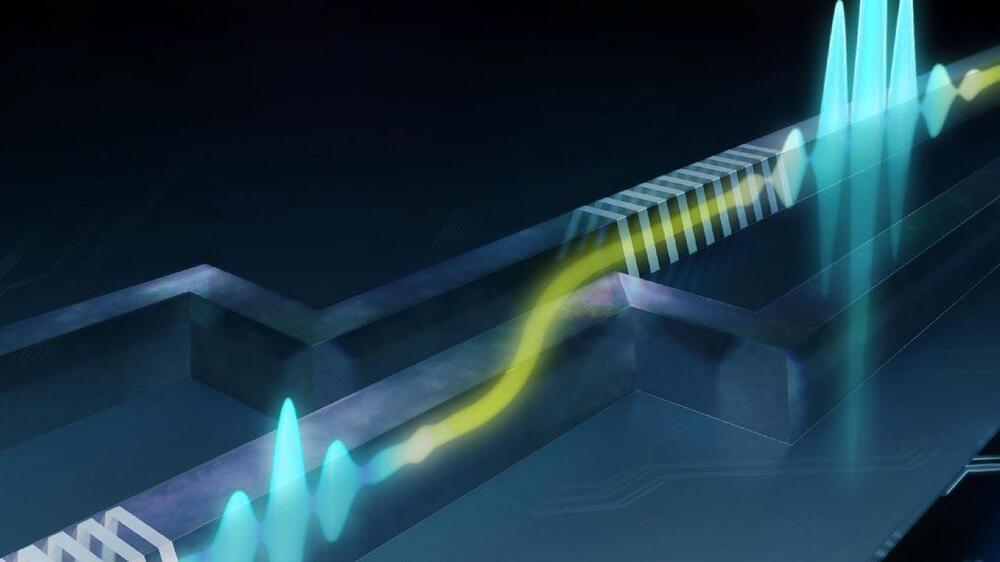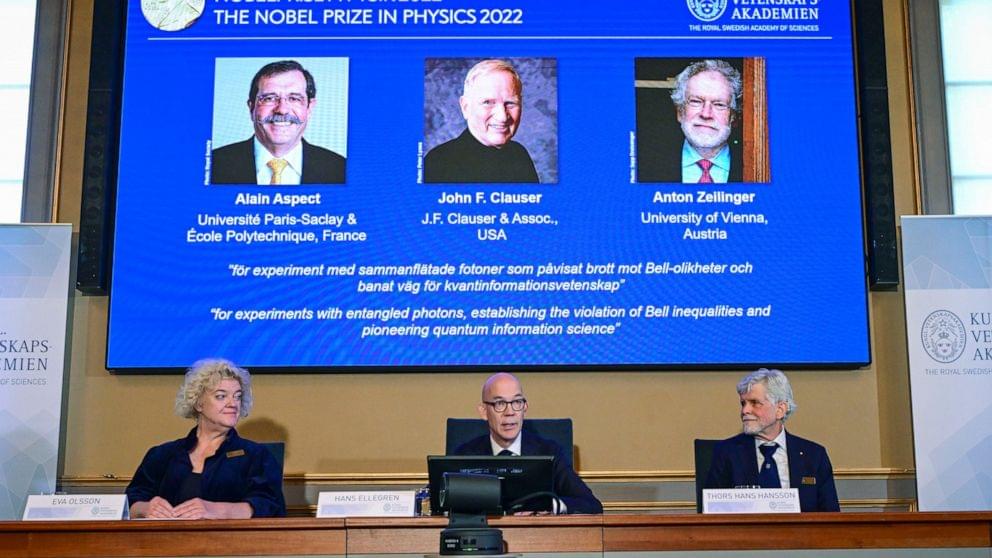Oct 7, 2022
Before the Big Bang 6: Can the Universe Create Itself?
Posted by Dan Breeden in categories: cosmology, information science, media & arts, neuroscience, particle physics, quantum physics, time travel
Richard Gott, co author with Neil De Grasse Tyson of “Welcome to The Universe” argues the key to understanding the origin of the universe may be the concept of closed time like curves. These are solutions to Einstein’s theory that may allow time travel into the past. in this film, Richard Gott of Princeton University explains the model he developed with LIxin Li. Gott explores the possibility of a closed time like curve forming in the early universe and how this might lead to the amazing property of the universe being able to create itself. Gott is one of the leading experts in time travel solution to Einstein’s equations and is author of the book “Time Travel In Einstein’s Universe”.
This film is part of a series of films exploring competing models of th early universe with the creators of those models. We have interviewed Stephen Hawking, Roger Penrose, Alan Guth and many other leaders of the field. To see other episodes, click on the link below:
https://www.youtube.com/playlist?list=PLJ4zAUPI-qqqj2D8eSk7yoa4hnojoCR4m.
We would like to thank the following who helped us are this movie:
Animations:
Morn 1415
David Yates.
NASA
ESA
M Buser, E Kajari, and WP Schleich.
Storyblocks.
Nina McCurdy, Anthony Aguirre, Joel Primack, Nancy Abrams.
Pixabay.
Ziri Younsi.
Continue reading “Before the Big Bang 6: Can the Universe Create Itself?” »
